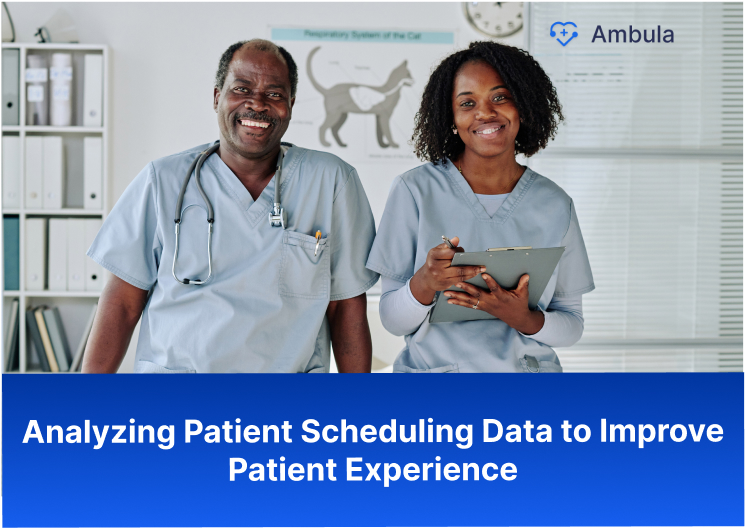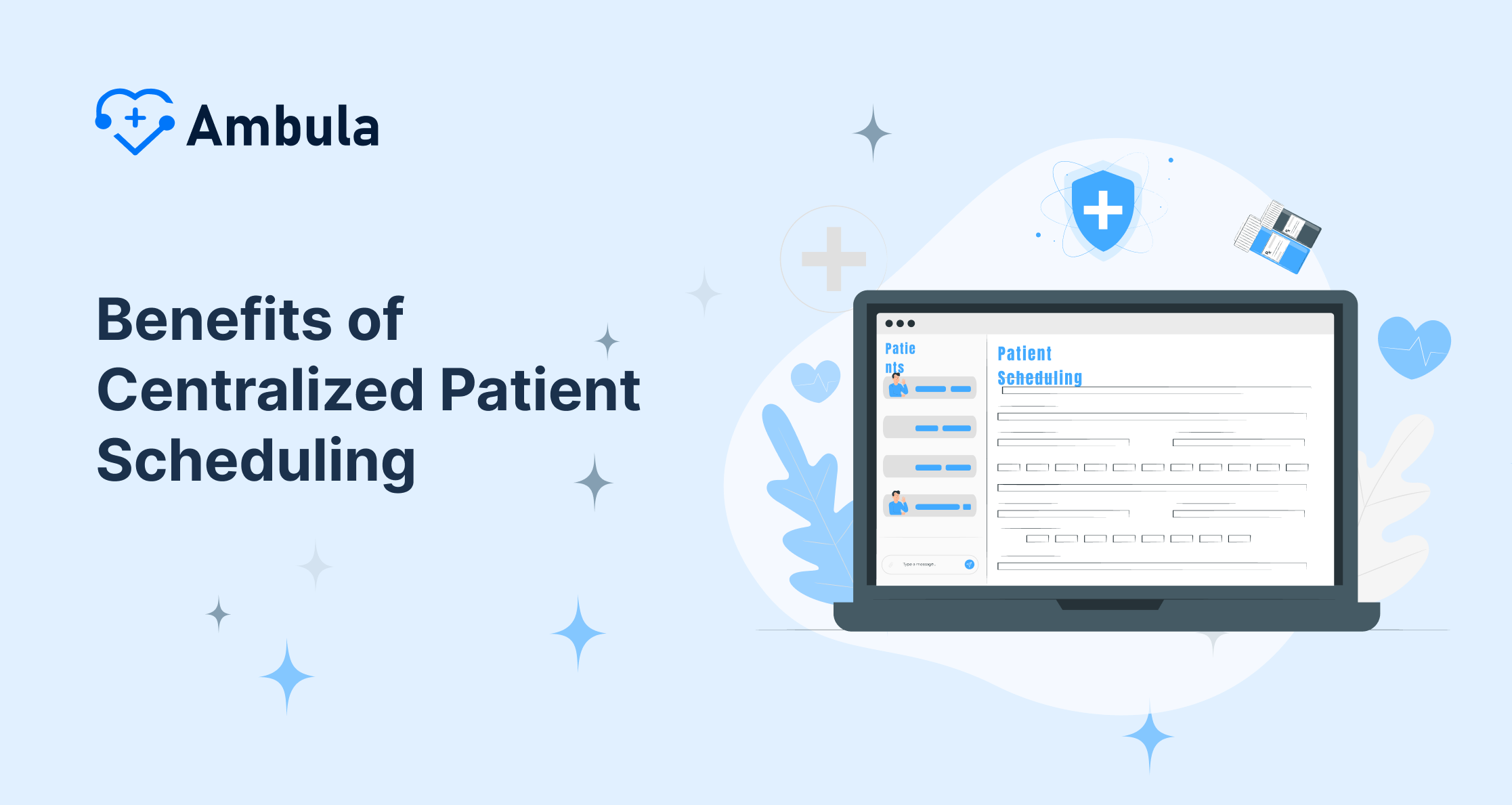
Patient scheduling data is a valuable asset for healthcare providers. It contains information about the number of patients seen, the length of visits, and the types of visits. By analyzing this data, providers can identify areas of improvement in the patient experience. This analysis can help healthcare providers improve the quality of care and the overall patient experience. This article will discuss the importance of analyzing patient scheduling data, the methods for doing so, and the potential benefits of the analysis.
- What Is Patient Scheduling Data?
- Why Is Analyzing Patient Scheduling Data Important?
- Methods for Analyzing Patient Scheduling Data
- Benefits of Analyzing Patient Scheduling Data
- Identifying Areas of Improvement in the Patient Experience
- Strategies for Improving the Patient Experience
- Increasing Efficiency Through Analysis
- Cost Savings Through Analysis
- Leveraging Technology for Analysis
What Is Patient Scheduling Data?
Patient scheduling data is collected from a healthcare provider’s appointment system. This data includes details such as the number of appointments made, appointment duration, patient demographics, and types of services provided. It also includes information about the scheduling process, such as wait times and appointment availability. By analyzing this data, providers can identify areas of improvement in the patient experience.
Methods for Analyzing Patient Scheduling Data
Analyzing patient scheduling data requires the use of data analysis tools and software. These tools can help providers identify patterns and trends in the data. This type of analysis can help providers identify areas of improvement in the patient experience.
Check out these articles after you’re done
Some of the most common methods for analyzing patient scheduling data include
Descriptive Statistics
Descriptive statistics is a type of analysis that examines the characteristics of a population or sample. This type of analysis can help providers identify areas of improvement in the patient experience by reviewing the data for factors such as appointment availability, wait times, and types of services provided.
Regression Analysis
Regression analysis is a method of analyzing the relationship between two or more variables. This type of analysis can help providers identify areas of improvement in the patient experience by looking at the relationship between variables such as appointment availability, wait times, and types of services provided.
Machine Learning
Machine learning is a type of artificial intelligence that can analyze large amounts of data. By looking at patterns and trends in the data, it can help providers identify areas for improvement in the patient experience. It can also help predict potential outcomes by using predictive analytics. Machine learning can help healthcare providers make better decisions by providing insights that would otherwise be difficult to uncover.
Benefits of Analyzing Patient Scheduling Data
Analyzing patient scheduling data can help healthcare providers improve the quality of care and the overall patient experience. Some of the potential benefits of this type of analysis include the following:
Improved Patient Experience
Providers can improve the patient experience by identifying areas of improvement by analyzing patient scheduling data. This analysis can reveal appointment availability, wait times, and types of services provided, allowing providers to create strategies to enhance the experience. For example, providers can use the data to determine how to increase appointment availability, shorten wait times, or expand service offerings. Additionally, providers can use the data to understand how their patients interact with the healthcare system and create ways to make their experience more efficient and effective.
Increased Efficiency
Data collected from patient scheduling processes provide valuable insights into managing the scheduling process efficiently and effectively. By analyzing this data, providers can identify areas of improvement, such as appointment availability, wait times, and types of services offered. With this knowledge, providers can create strategies to increase efficiency, such as better managing the scheduling process, improving appointment availability, and expanding the services offered. Additionally, this data can be used to identify areas where the scheduling process needs to be streamlined, such as reducing wait times or increasing appointment availability. With this information, providers can develop strategies to ensure the scheduling process runs smoothly and effectively.
Cost Savings
Patient scheduling data can provide insight into how healthcare providers run their businesses. It can help them identify areas of operations where they are spending too much money or could be providing better services to patients. By analyzing patient scheduling data, providers can see how long patients are waiting for appointments, what types of services they are requesting, and the treatments they receive. This information can help providers determine cost–saving strategies, such as providing more appointment availability, reducing wait times, and offering more services. By implementing these changes, providers can reduce costs and increase efficiency.





